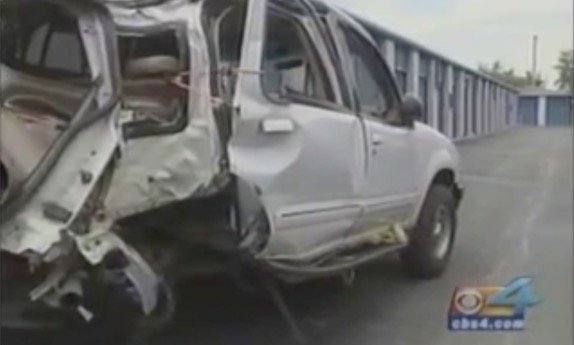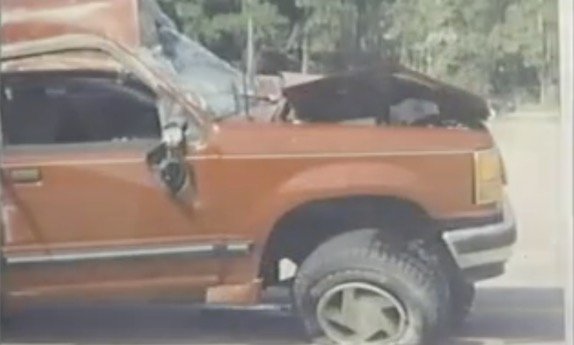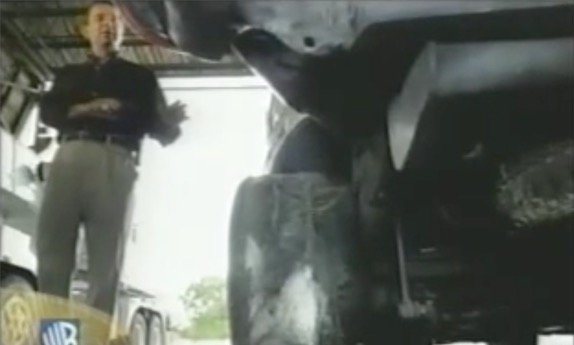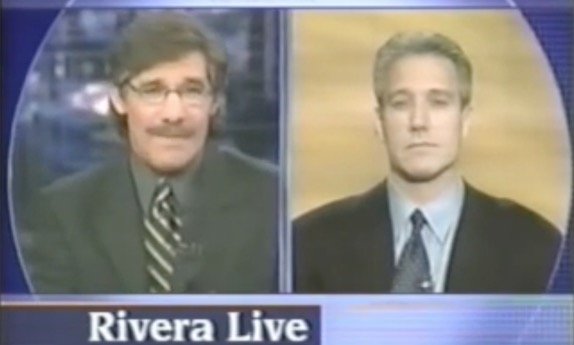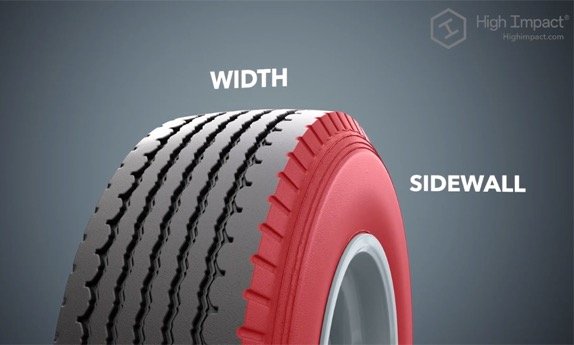Dunlop Tire Manufacturer Lawsuits
Over the years, defective Dunlop tires have caused a number of very serious wrecks. Many involved errant tire labels. Some Dunlop tires had the wrong markings for things like load range and ply rating. As a result, victims had the wrong kinds of tires on their wheels without even knowing it. Some other Dunlop tires were prone to sudden tread separation.
Incorrect labeling and poor quality workmanship are two classic examples of defective product lawsuit claims. At Halpern, Santos & Pinkert, our experienced tire defect attorneys have successfully handled a number of these cases. We use proven methods to investigate the facts quickly, build a winning case, and present it to the jury. As a result, the results we obtain often exceed our clients’ expectations.
Time Limits for Filing Claims
Most people know that negligence and product defect lawsuits involve strict time deadlines. These deadlines are especially problematic in product defect claims, because legislators have passed laws that protect manufacturers.
But even though the original statute of limitations has expired, you may still be able to file a claim for relief. According to the discovery rule, the statute of limitations clock does not begin running until the victim:
- Knows about all injuries sustained, and
- Connects these injuries to a specific defective product.
The discovery rule commonly applies in dangerous drug cases. Assume the victim takes Drug X in 2014. In 2018, the victim develops cancer. In 2022, finds out that cancer is a side-effect of Drug X. Arguably, the statute of limitations begins running in 2022, and not in 2014.
The discovery rule may also apply in defective tire cases. Accident investigations are sometimes incomplete. So, emergency responders may have faulted driver error or weather conditions for a crash. The victim may not discover the actual cause for several years.
The Lawsuit Process in Miami
Most lawsuits settle out of court, and that settlement may occur at any time. However, most legal claims follow the same basic outline. After the victim files a claim, the defendant often asks the judge to throw the case out of court. Grounds include expiration of the statute of limitations, an utter lack of evidence, or a legal loophole. Typically, the judge holds a hearing to determine if the case should move forward.
The discovery process is next. During discovery, the parties exchange information about their claims and defenses. This exchange is the best way to get to the truth of the matter. That’s really what a lawsuit is all about. The process usually includes both written discovery, such as document requests, and oral discovery, such as witness depositions.
Most Dade County judges order contested cases to mediation. During this process, a neutral third party tries to engineer a settlement between the two parties. Mediation is at least partially successful in about three out of four cases.
For victim/plaintiffs, the end result of a civil lawsuit is usually fair compensation. This compensation usually includes money for economic damages, such as medical bills, and noneconomic damages, such as pain and suffering. Additional punitive damages may be available as well.
Rely on Experienced Attorneys
The statute of limitations does not automatically cut off claims for relief. For a free consultation with an experienced tire defect attorney in Miami, contact Halpern, Santos & Pinkert, P.A. We do not charge upfront legal fees in negligence cases.








